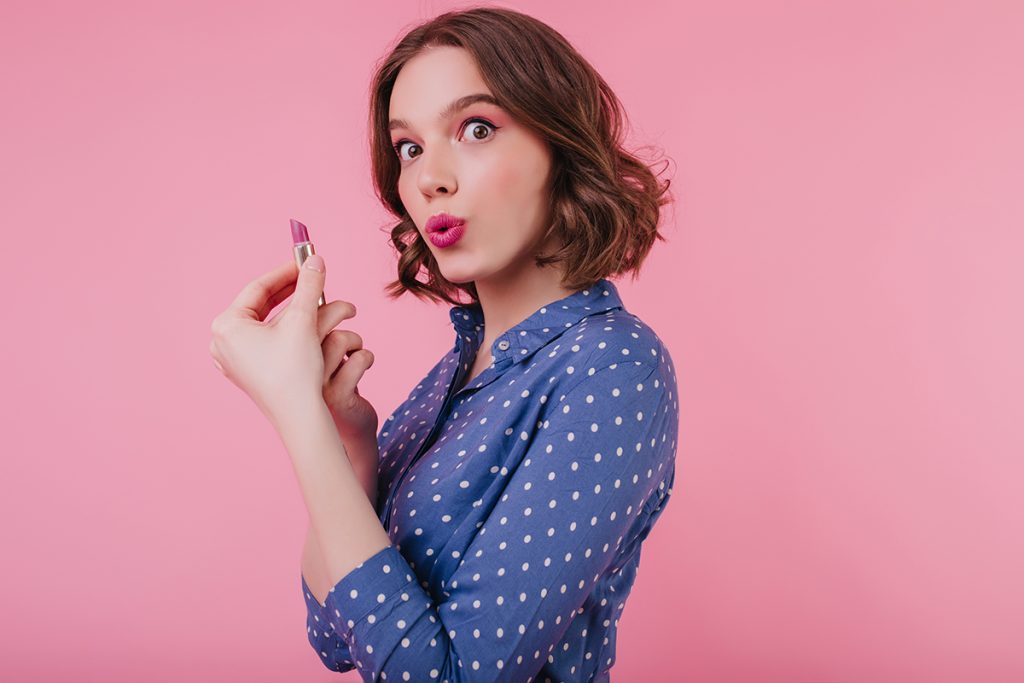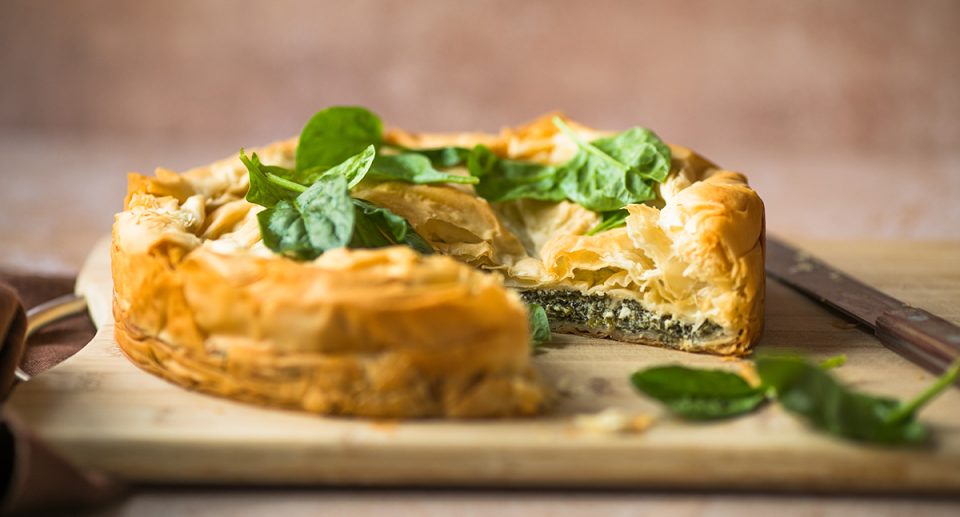Remove stress by buying yourself a little treat

Modern life is filled with stress, especially since the onset of the pandemic. Social media has become inundated with advice on coping strategies and wellness trends aimed at helping individuals navigate their emotions and concerns about the state of the world. If you’ve explored therapy and even embraced the concept of ‘hot girl walks’ (*), you’ve probably also come across the latest trend: treating yourself.
Escalating inflation and the soaring cost of living have made extravagant holidays and luxury items increasingly unattainable for many. Instead, people are turning to small indulgences like a cup of coffee, a scoop of ice cream, a new lipstick, or a soothing face mask to find moments of pleasure. These little treats don’t break the bank and don’t require a significant commitment.
The perfect little treat might be as simple as visiting a nearby shop during your lunch break or enjoying a guilt-free indulgence, such as watching an episode of a beloved ‘guilty pleasure’ TV show.

The concept of ‘treat culture’
The concept of ‘treat culture’ isn’t entirely novel. You might have come across it under various names like the ‘lipstick index’, which suggests that consumers purchase affordable luxuries to uplift their spirits during challenging times.
There’s an abundance of research on the phenomenon known as ‘compensatory consumption’, where individuals spend money to address perceived threats to their self-esteem, confidence, or overall happiness. Treat culture can be seen as a form of ‘retail therapy’, but it places emphasis on modest, budget-friendly purchases rather than indulgent shopping sprees.
Recent studies have revealed that individuals turn to shopping as a means of coping during challenging times. For instance, during the pandemic when people couldn’t dine out as freely, they opted for higher-quality grocery items instead. Even if these items were pricier than their usual choices, the act of enjoying better meals at home became a form of indulgence for individuals.
Furthermore, in recent years, we’ve witnessed the rise in popularity of novelty businesses such as bubble tea shops and Flying Tiger, a Danish variety store specializing in design products that uplift one’s mood. These establishments are perfectly suited for individuals looking to engage in treat culture, offering a range of enjoyable and affordable little treats.

The essence of treating yourself
Engaging in treat culture goes beyond the mere act of obtaining a treat; it revolves around the emotional experience associated with it – specifically, how you feel when you buy and indulge in that treat. An insightful report highlights that the use of the term ‘little treat’ carries a touch of endearment.
Endearment has the power to evoke profound feelings of joy and can trigger reminders of nurturing and protective qualities. In a sense, participating in treat culture serves as a way to nurture and care for ourselves. There is also a notable link between endearment and consumption, exemplified in Japanese culture through the popularity of ‘kawaii’ (cute) products. This popularity arises from consumers’ desire to cope with stress and reconnect with their inner child.
Emotions play a pivotal role in crafting exceptional consumer experiences. Research demonstrates that experiential purchases, such as dining out or attending concerts, bring more significant satisfaction and happiness to consumers than material products.
Similarly, the positive emotions stemming from indulging in a little treat aren’t solely derived from the iced coffee or face mask itself. They emerge from the entire consumption experience – taking a respite from work, feeling like you’ve earned this little treat, and recognizing that you’re actively tending to your emotional well-being.

How to embrace responsible treating
Treat culture might easily be perceived as an indulgence with negative connotations, implying impulsive spending, a lack of self-discipline, and overlooking financial risks such as accumulating debt. Some commentators argue that treat culture preys on the insecurities of young consumers, particularly in areas like skincare, perpetuating a cycle where individuals seek quick ‘fixes’ for imperfections by buying more products.
However, many believe that treat culture represents a low-risk avenue to experience a small dose of happiness during challenging periods. The associated costs are typically modest (for example, a little treat like a bubble tea typically costs a couple of euros, pounds or dollars), and you are unlikely to be enticed into using ‘buy-now-pay-later’ schemes to fund it.

Remove stress by buying yourself a little treat conclusion
To fully savor the satisfaction of treat culture, it’s best to purchase and enjoy the product in person, ensuring instant gratification. This makes accumulating debt highly unlikely, and any post-purchase regrets unnecessary.
Certainly, treat culture carries psychological benefits, aiding in elevating consumers’ emotions during trying times. Therefore, don’t hesitate – go ahead and reward yourself with a little treat!
(*) A ‘hot girl walk’ entails dedicating your entire walk to contemplation of three particular aspects:
- Expressing gratitude for the things in your life
- Reflecting on your personal goals
- Embracing and acknowledging how hot you are!
The fundamental concept revolves around fostering a mindset of optimism and positivity. It’s essential to steer clear of getting caught up in tasks, concerns, or relationship issues during this time. Instead, focus your thoughts on the positive aspects of your life, and, of course, as part of embracing the ‘hot girl’ spirit, don’t forget to appreciate your own attractiveness and confidence!



















